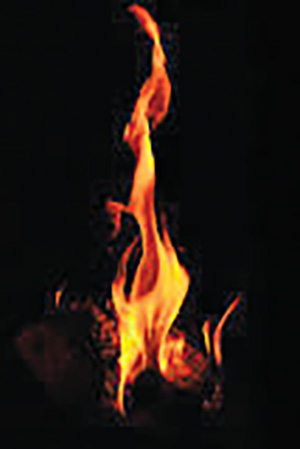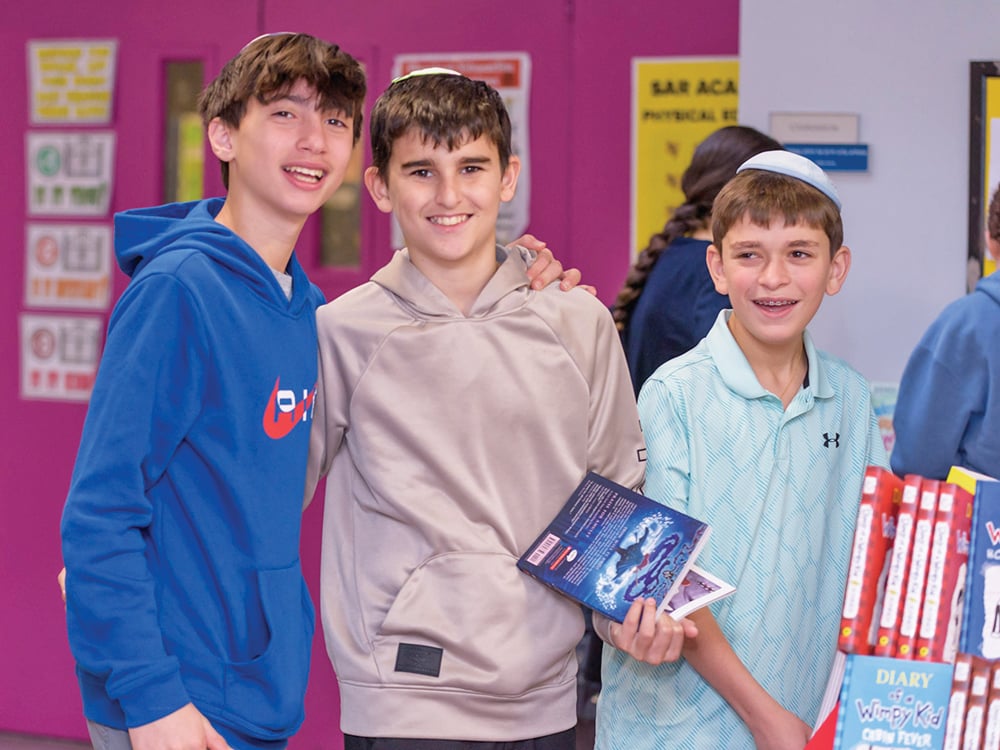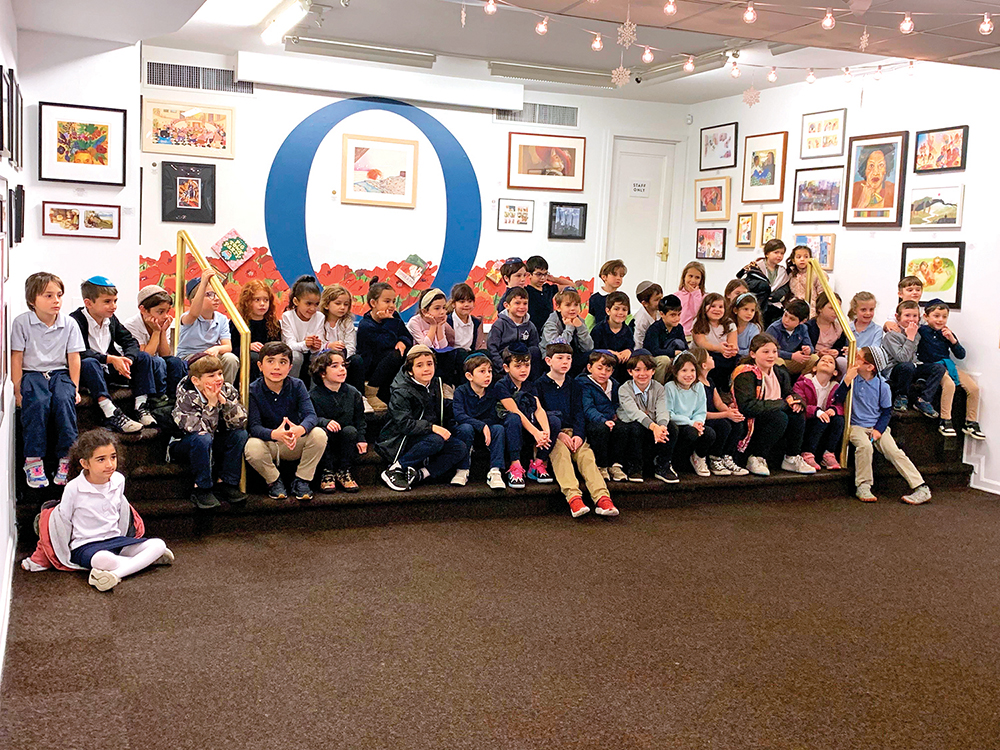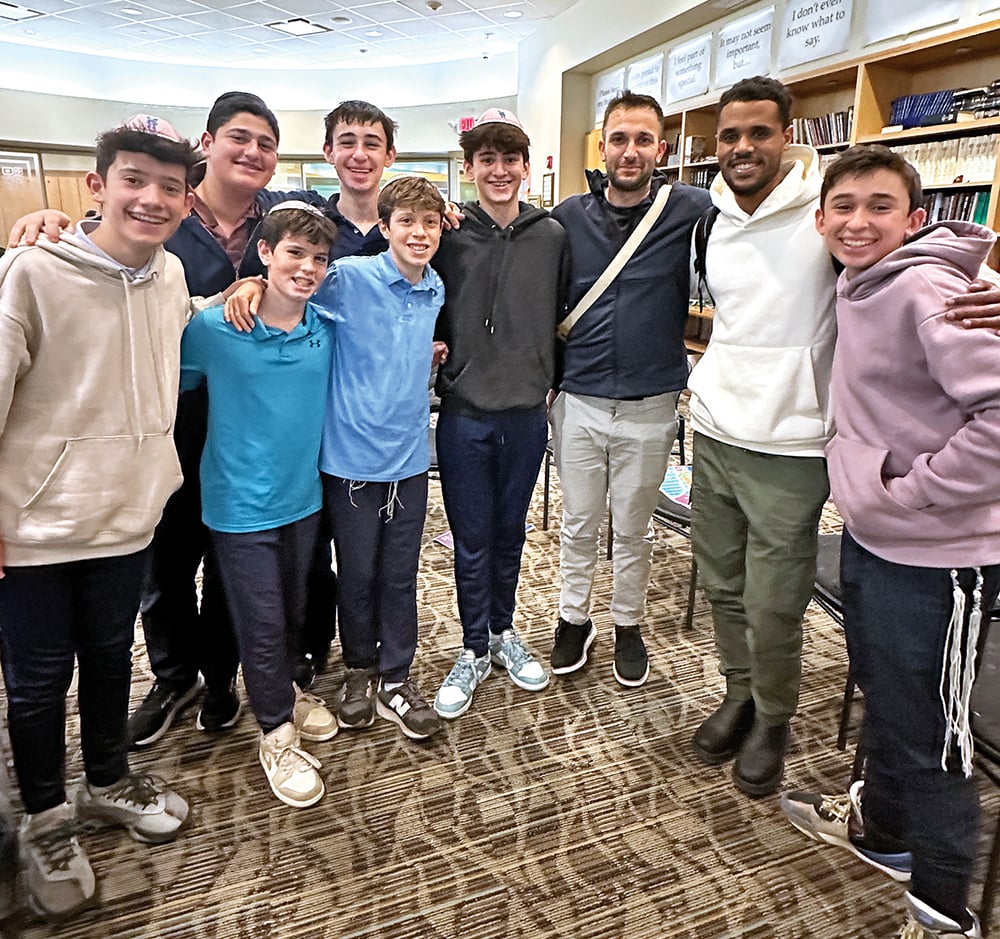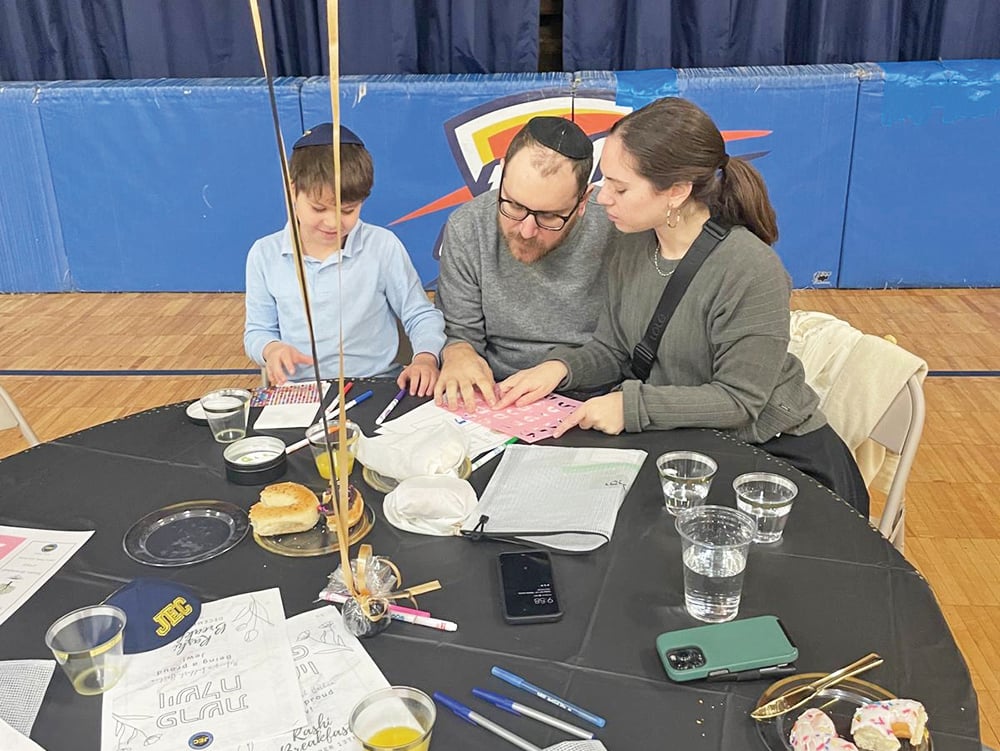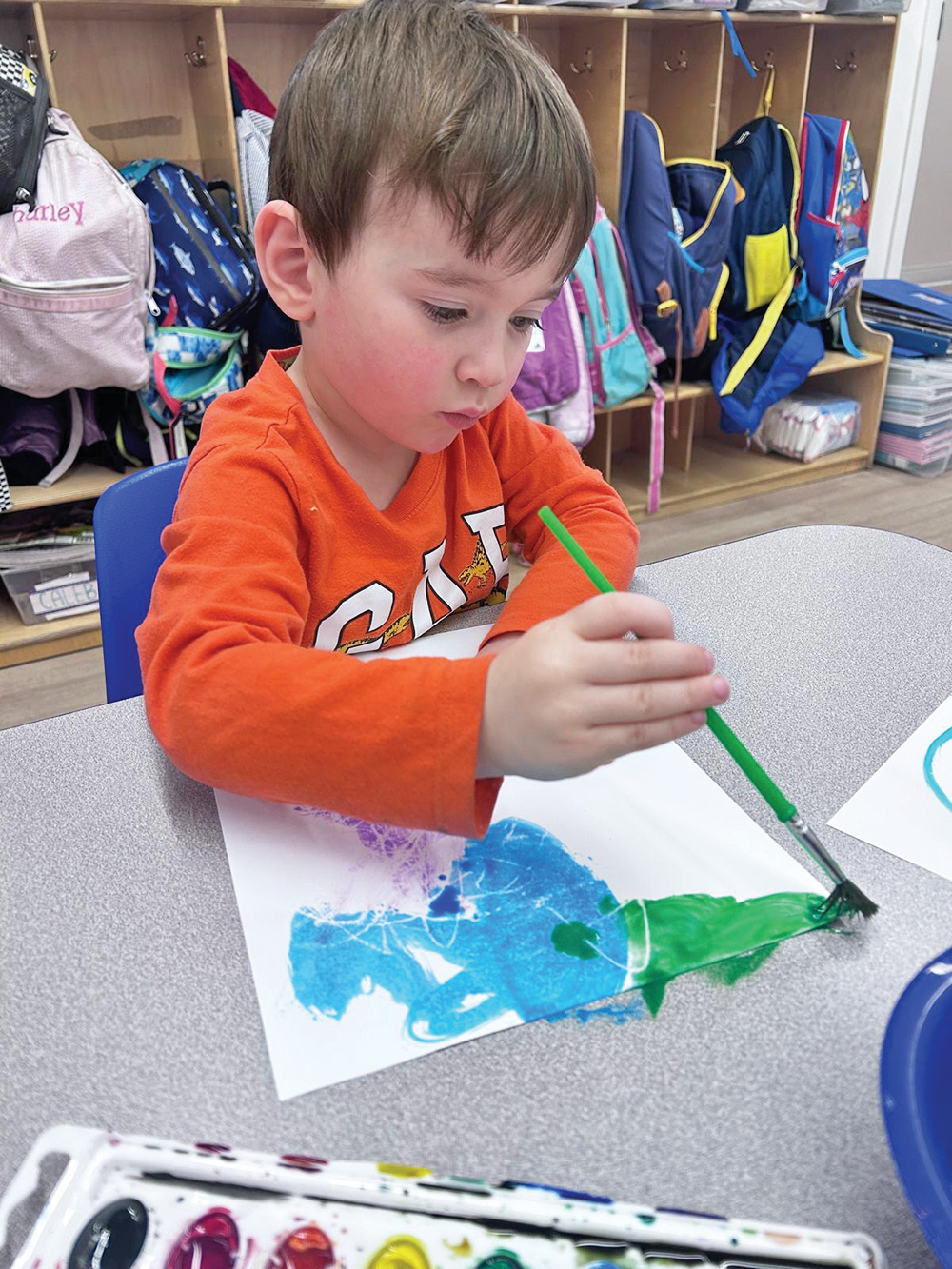
When fire ravaged Paris’ Notre Dame on April 15, destroying its spire and very nearly the entire cathedral, many associated the events with the Tisha B’Av kina “Sha’ali Serufah ba-Eish,” which laments the June 1242 burning of 24 cartloads of sefarim within walking distance of the church. That traumatic event—recall that it would be two centuries before the advent of the printing press in the West, and so each manuscript had to be painstakingly handwritten—was intended to strike a mortal blow to the Talmud’s transmission. The book-burning portended French Jewry’s expulsion—as it had been in 1182, and would be again in 1306 and 1394.
But personally, upon seeing the images of Notre Dame aflame, my thoughts leaped not to the kina but to its legendary author, R. Meir of Rothenberg (Maharam mei-Rutenberg, c. 1220-1293), whose kever I unexpectedly visited during a 2004 trip to Germany with fellow students at Yeshiva University’s Rabbi Isaac Elchanan Theological Seminary. While I had done some homework and knew that upon entering Worms we would see the building that now stands in roughly the same place that Rashi learned from 1057-1065, I somehow overlooked the existence of an ancient Jewish cemetery that remained intact.
As we stepped foot into the cemetery, I felt like I had entered a Jewish wormhole, which transported me to the medieval and early modern period, when Worms was a center of Torah learning. The most physically prominent of all the headstones belonged to R. Yaakov Moelin (1365-1427), Maharil, arguably the most important codifier of German Jewish minhagim. Next I identified the grave of R. Yair Bacharach (1639-1702), author of Chavot Yair and chief rabbi of Worms and the surrounding communities.
Eventually, I turned my eyes to a pile of stones placed atop one of the oldest-looking graves in the cemetery. As I struggled to make out the words on the headstone, I suddenly realized that I had stumbled upon the kever of none other than Maharam mei-Rutenberg. After attempting to make out the writing, I realized that he was buried in this sacred cemetery some 700 years prior, having died in imprisonment after heroically refusing to be ransomed from the Jew-hating authorities for an exorbitant sum so as not to encourage further ransoms (see Gittin 45a). After reciting Tehillim and doing my best to recall some of the halachic positions of Maharam that I had learned over the years, deeply moved by the experience, I stepped back slowly from the headstone and contemplated what it meant to encounter the kever of Maharam.
But while he was born and died in Germany, Maharam spent a number of his formative years learning in France under the famed Tosafist R. Yechiel of Paris. Maharam’s trajectory was the opposite of his Ashkenazic predecessor Rashi (1040-1105): Rashi was from France and came to Germany to learn; Maharam was born in Germany and studied in France.
Their reversal in direction was a direct consequence of the pernicious effects of Christian anti-Semitism. The famed German yeshivot of Worms and Mainz were the most prominent in Europe through the end of the 11th century, when Crusaders devastated the Jewish communities along the Rhine River in 1096. As detailed in the kina “Mi Yiten Roshi Mayim” (#25 in the Ashkenazic liturgy), the German Jewish community was indelibly scarred by that trauma. The center of Ashkenazic learning shifted to France, as Rashi’s yeshiva in his hometown of Troyes rose in prominence. Reading this kina and the Crusade Chronicles, which detail the grotesque martyrdoms of adults and children in 1096, it becomes clear that these famed yeshivot could no longer serve as Torah centers. And, Maharam rightfully feared, if the French Torah community was now also under the shadow of Constantine’s sword, did Ashkenazic Jewry have a future?
“Sha’ali Serufah ba-Eish” poignantly expresses precisely this angst. After personifying the Torah and Mount Sinai as mourning the devastation, Maharam laments:
[Hashem] took His purseful of silver pieces [his righteous scholars] and embarked on a distant journey; and behold / When he departed, Your sheltering shadows fled.
And I am left behind like someone forlorn of all his children, utterly forlorn; so I have been left all alone. / I am like a flagstaff planted [alone] atop your towering peak.
Maharam was clear-eyed in his dire assessment. 1242 and the events leading up to it marked a turning point. The apostate Nicholas Donin argued before Pope Gregory IX in 1236 that the Talmud contained blasphemies and was discouraging Jews from seeing the light and converting to Christianity. R. Yechiel of Paris, together with three other rabbis, was compelled by King Louis IX to defend the Talmud in Paris in the Disputation of 1240, even as the outcome was decided long before R. Yechiel took the podium. The Talmud was condemned following the Disputation, and the 24 cartloads were rounded up and publicly burned.
Maharam feared that the Jews simply could not survive yet another upheaval. French Jewry increasingly seemed to be at a dead end. Already recognized as a leading scholar of the next generation, and with nowhere else to turn, the young R. Meir was compelled to assume the heavy mantle of restoring the German Jewish community to its glorious past. It was a daunting task. He felt helpless and alone.
Yet Worms was to become the hometown of not only Rashi’s rebbeim, but also of Maharam, Maharil and Chavot Yair. It was a center of Jewish learning not only during the 11th century, but also in the 13th, 14th, 15th and 17th centuries. And throughout those centuries and beyond, many other German cities would develop into vital places of Torah study and leadership in their own right. Drawing on a deep instinct for spiritual survival, as it would be required to conjure again and again, the German Jewish community somehow managed to restore its status as a center of learning. Torah, beyond space and time, had been transmitted yet again.
Notre Dame features a famous medieval artistic motif known as Synagoga and Ecclesia. Synagoga, representing the Jews, stands with her head bent, blinded by a Devil-like serpent, the tablets of the law slipping from her hand and her crown lying at her feet. Ecclesia, standing for the Church, stands upright, holding her scepter and chalice firmly in her hands. The message is clear: the Jew has been humbled, the Church ascendant.
Yet, despite Maharam’s elegy, which I will recite this Tisha B’Av with perhaps greater kavana than ever before, the ancient cemetery of Worms tells its own story. Today, more Jews than ever learn the Torah of R. Yechiel of Paris, Maraham, Maharil, Chavot Yair and countless others. Though the world is fractured and deeply imperfect, Synagoga once again holds her head up high, the tablets of the law grasped firmly in her hands.
Fifteen years ago, unexpectedly finding myself reciting Tehillim and learning before Maharam mei-Rutenberg’s kever, I was deeply inspired. This year, moved by current events, I was reminded of that enduring visit and how the ancient cemetery of Worms continues to testify to Torah’s eternity.
By Rabbi Tzvi Sinensky
Rabbi Tzvi Sinensky is the director of Interdisciplinary Learning and Educational Outreach at Rae Kushner Yeshiva High School.


